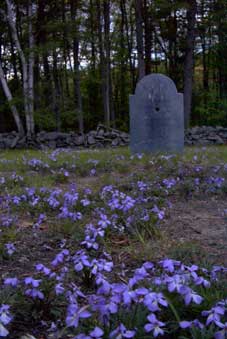 Psychic skills and sensitivity can be useful during ghost investigations, if the psychic is skilled, understands the risks involved, and maintains appropriate boundaries.
Psychic skills and sensitivity can be useful during ghost investigations, if the psychic is skilled, understands the risks involved, and maintains appropriate boundaries.
But, simply being psychic — and I believe that most people are psychic — isn’t enough.You need to maintain your psychic boundaries, as well.
It’s easy to be “too psychic” on ghost hunts. If you’re picking up energy from other researchers as well as the ghosts, it can feel like a dozen radios are blaring at once.
That’s where boundaries come in. They protect you and your team, and can be helpful to the spirits, as well.
Consider these preparations to enhance your psychic ghost hunting skills.
Clear your mind.
Before a ghost investigation, jot down anything that you can think of that you need to do.
Whether you need to remember that tomorrow is trash day, or if you have a book to return to the library, if that thought keeps swimming around your brain, write it down.
Just a few notes may be enough. The point is to reduce the self-talk in your head.
Eat well, but not too much.
Before every ghost hunt, eat a light meal. Include some protein, since it digests more slowly than carbs and will prevent hunger pangs during your research. Never overeat. Whether you get heartburn or just a heavy feeling, too much in your stomach can be a distraction. Likewise, avoid spicy foods if your digestion is sensitive.
Skip dessert. Carbohydrates can contribute to drowsiness or anxiety during investigations.
Of course, avoid alcohol, too much caffeine, and unnecessary drugs.
- Alcohol can distort your perceptions more than you realize at the time.
- Caffeine “jitters” can compound your anxieties during a scary ghost hunt.
- Unnecessary and/or recreational drugs can also alter your perceptions and impair your psychic abilities.
However, if you are under a doctor’s care and should take medications… take them. Just make sure your team leader knows about this, in case the occasional side effect or a food interaction could affect your investigating.
Also, caffeinated beverages can have a place in your backpack. After an exhausting investigation, some researchers rely on caffeine to be sure they’re sharp enough for the commute home. (On the other hand, many teams gather in a nearby coffee shop after an investigation. They can exchange notes and eat a light meal that refreshes them enough to drive home, safely.)
Note: If you make spirit contact through a ritual of any kind, especially one that uses substances that put you in more direct contact with spirits, make sure your team leader knows about this, ahead of time.
Generally, ritual contact and the use of some substances should be kept separate from general ghost investigations. In fact, I usually recommend two separate investigations: One to determine what’s at the site. Later, a second investigation by those who will make psychic or spiritual contact, to help the spirit communicate and cross over.
“Wash off” the day’s energy, if that helps.
Before an investigation, make a clean break with the energy of that day.
- Some people take a drive with the windows open.
- Others like a hot shower or bath.
- For some, the answer is a few minutes in a comfortable chair with classical music playing, or binaural beats that refresh them.
- Light exercise or a few minutes of dancing can “shake loose” any negative energy you’ve picked up.
- Or, you may enjoy watching part of a TV show or movie that helps you disengage from the day’s activities.
If you need an activity that marks the closure of the workday or school day, be sure to include that, no matter how rushed you are.
Have a partner or coach at your elbow.
Even the best of psychics can become vulnerable. Always designate a team member to check on you regularly and make sure you’re okay.
- Clearly explain what you need. Checking on you should not become a distraction for either of you. Often, a visual check — just a glance to see how you look — is enough. Or, it could be a simple exchange once an hour, along the lines of: “Everything okay?” “Yes, everything’s fine.” “Good. I’ll check again in an hour.”
- The person should know what’s normal for you when you’re working as a psychic.
- The team member should be very clear about what’s not okay.
- If you get into trouble, your partner or coach should be confident enough to act quickly to get help, no matter what you say.
- Your partner should know exactly what kind of help you might need, and how to get that help for you, right away.
Know the risks.
 In recent years, many psychics has been deceived by entities that did a really good job of pretending to be ghosts.
In recent years, many psychics has been deceived by entities that did a really good job of pretending to be ghosts.
As a result, I’ve almost completely reversed my previous policies related to divinatory tools and trance mediums.
It’s not that I’m phobic about Ouija boards, and I won’t flee from the site if someone goes into a trance. I’ve simply developed a healthy respect for what can go wrong on an investigation.
In recent years, we’ve seen far more frightening things than we did in the 1980s and 1990s.
I’m not talking about angry, territorial ghosts. They’re simply annoying. Either get away from them or imagine yourself far larger than they are, and tell them to back off.
I’m concerned about dangerous and malicious entities. Whatever those are, they’re not part of ghost research. So, due to the increasing number of reports like this, I’ve established new rules and recommendations for working in this field.
If you’re going to work as a psychic in a haunted setting, make sure you’re not alone. Make sure a team member checks on you, regularly. And, if things make sure someone is watching you — not taking photos or using an EMF meter or ghost-related app — to be sure you’re safe.
Photo credit: Michal Zacharzewski, Poland

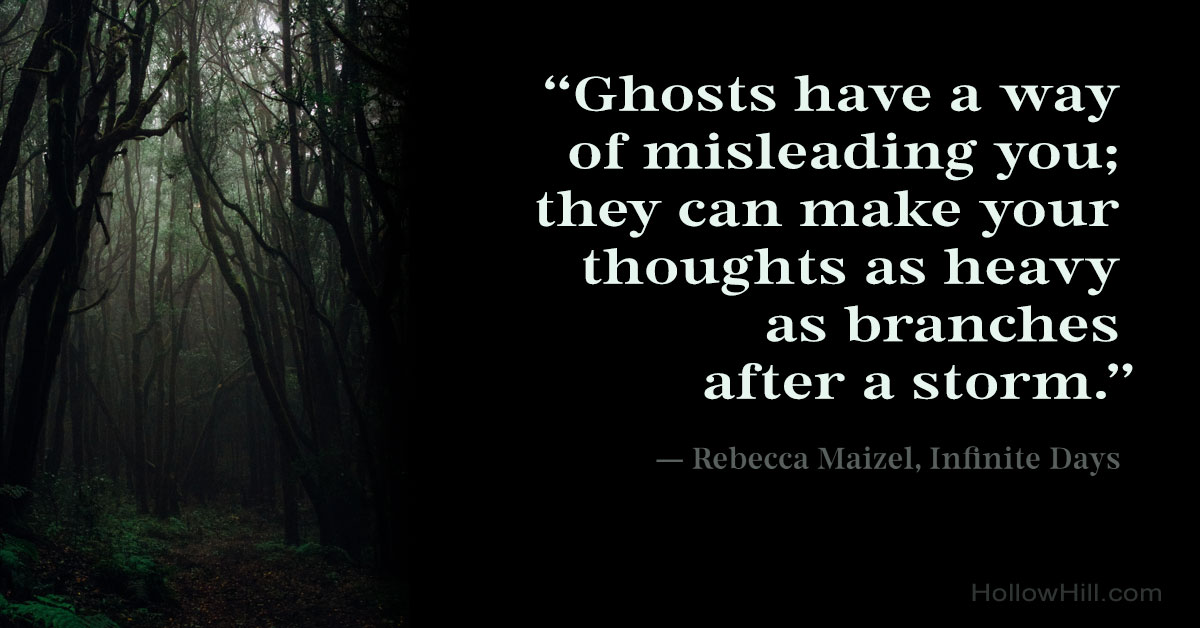

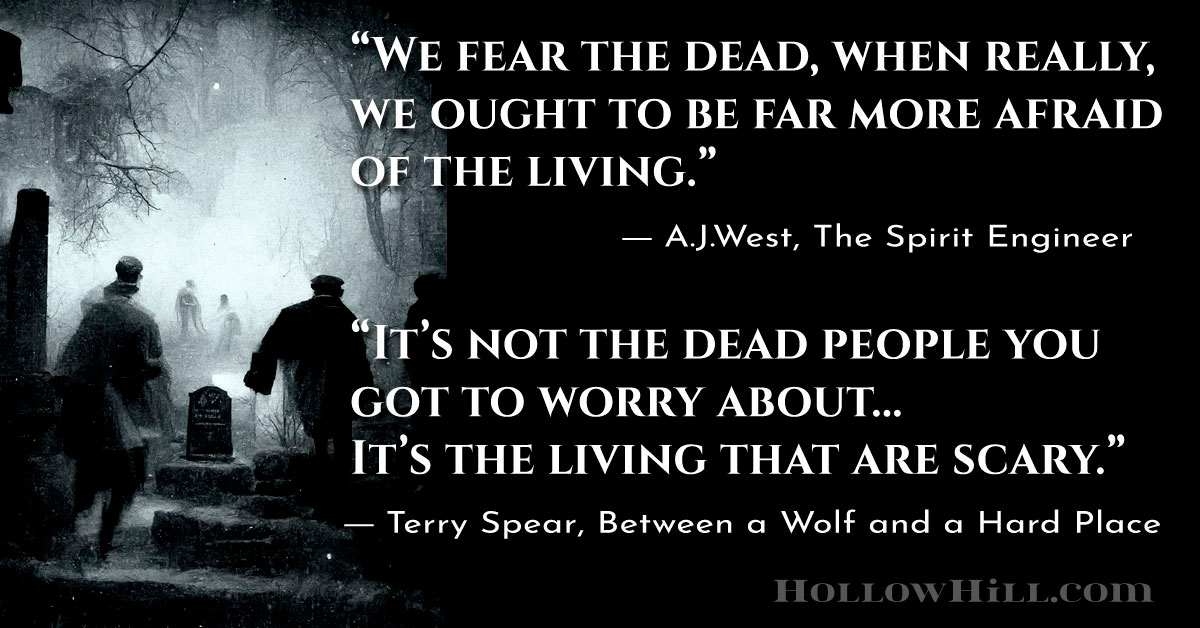

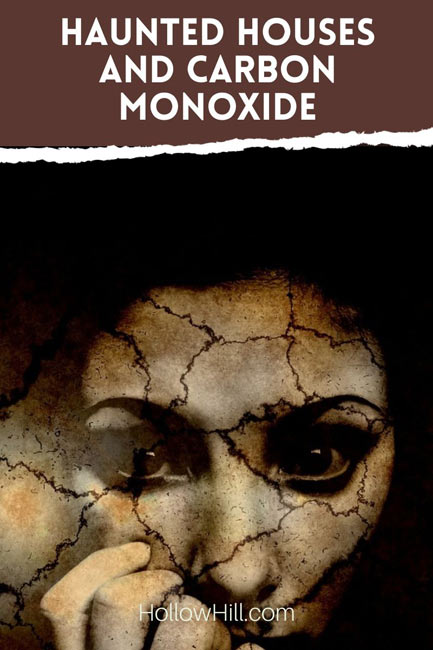 “Sometimes, when I’m in that part of the house, I get shaky, dizzy, and I feel weak all over.”
“Sometimes, when I’m in that part of the house, I get shaky, dizzy, and I feel weak all over.”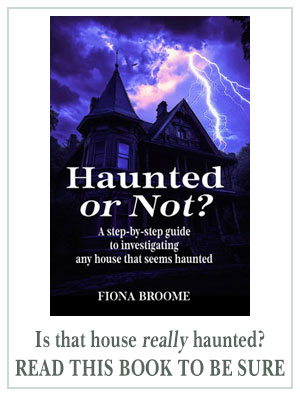

 For years, many of us have warned about dangerous aspects of ghost hunting.
For years, many of us have warned about dangerous aspects of ghost hunting.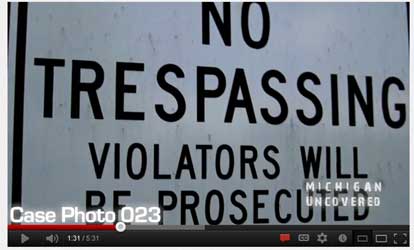
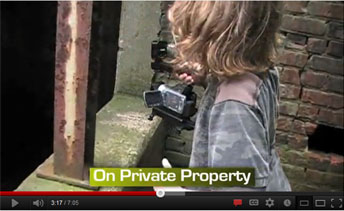
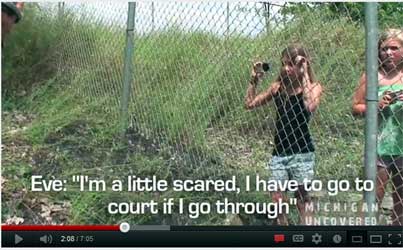
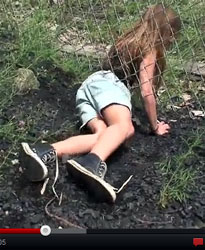

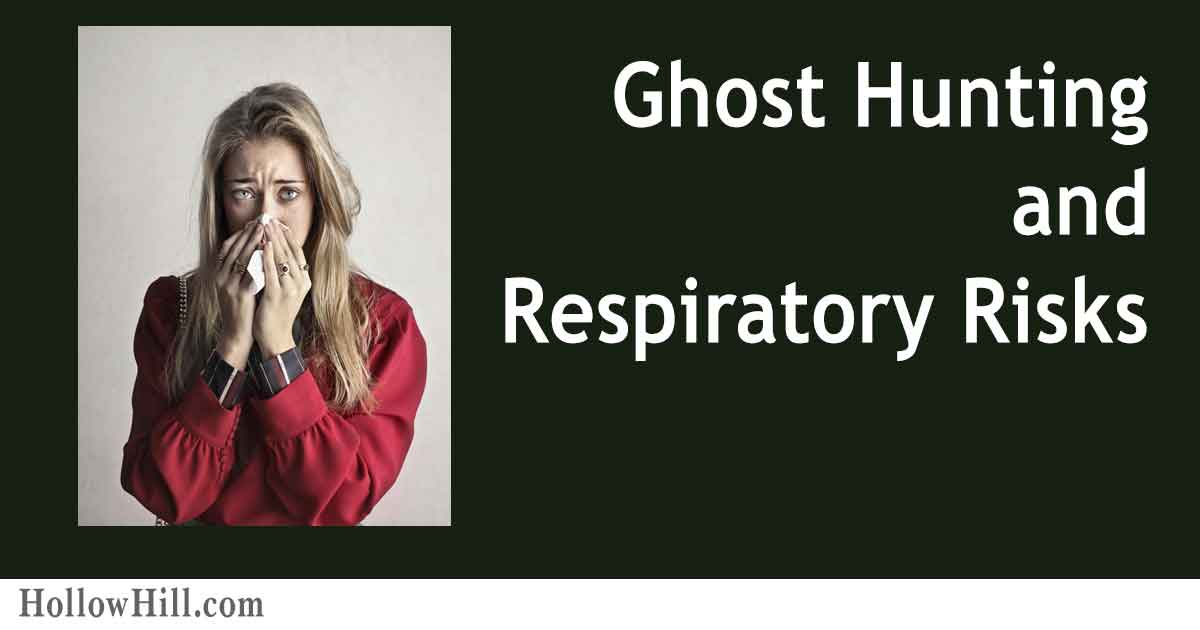
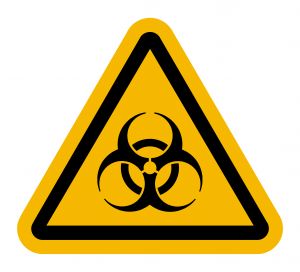 With the recent death of Sara Harris, ghost hunting health risks are now in the spotlight.
With the recent death of Sara Harris, ghost hunting health risks are now in the spotlight.